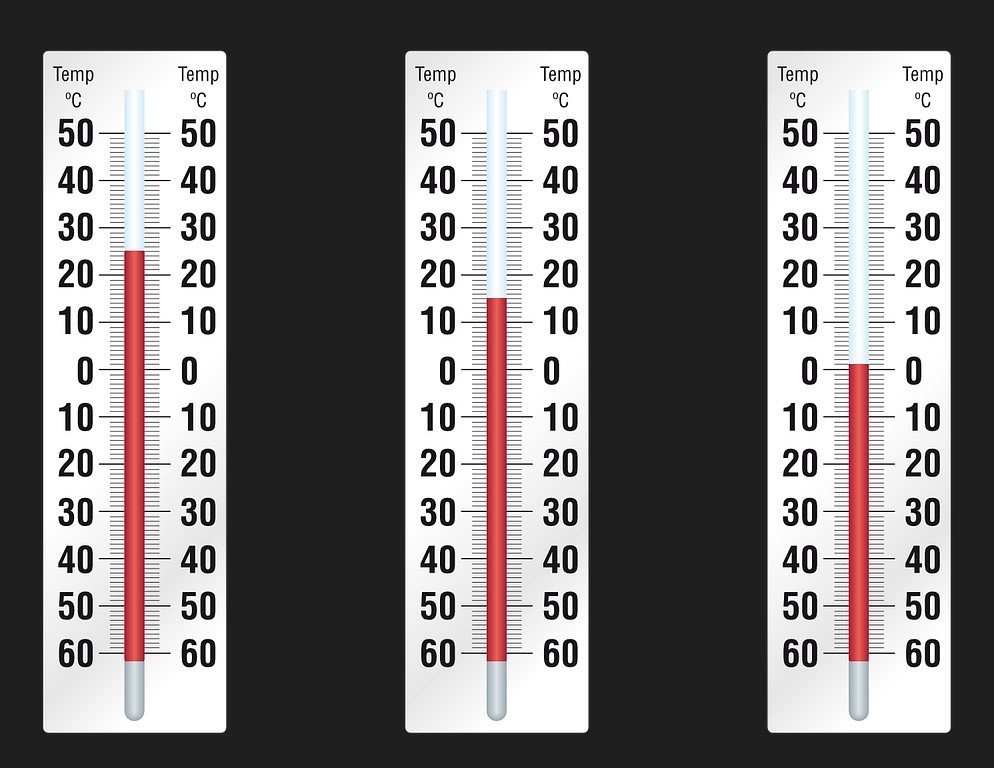In an era where connectivity is king, the automotive industry has embraced technology to offer consumers a more personalized driving experience. However, this technological advancement comes with a hidden cost: the privacy of consumers’ driving behavior.
The convenience of modern connected vehicles is undeniable. With a few clicks on a touchscreen, drivers can navigate to their destination, stream their favorite music, and even control their home’s temperature. But beneath this layer of convenience lies a web of data exchange between automakers and insurance companies.

One might argue that the benefits of usage-based insurance—potentially lower premiums for safe driving—are a fair trade for this data. Yet, many consumers are unaware of the extent to which their driving data is monitored and shared. From hard braking to rapid acceleration, every action behind the wheel is scrutinized and scored.
Consumer Reactions and Legal Implications
The revelation of automakers sharing detailed driving data has sparked a debate on consumer rights and data protection. While some drivers appreciate the potential insurance savings, others feel betrayed, having believed their driving data was private.
Legal experts are now questioning the transparency of these data-sharing practices. The fine print in user agreements often buries the details of data collection, leaving consumers in the dark about what they’ve consented to. This lack of clarity has led to calls for stricter regulations on data privacy in the automotive industry.
The Future of Driving Data
As the automotive and insurance industries continue to evolve, the conversation around driving data is only getting louder. Consumers are starting to demand more control over their data, and lawmakers are listening. The future may hold stricter data privacy laws and more transparent communication from automakers.
But one question remains: Will consumers be willing to sacrifice the perks of connected driving for the sake of privacy, or is the allure of technology too strong to resist?
















